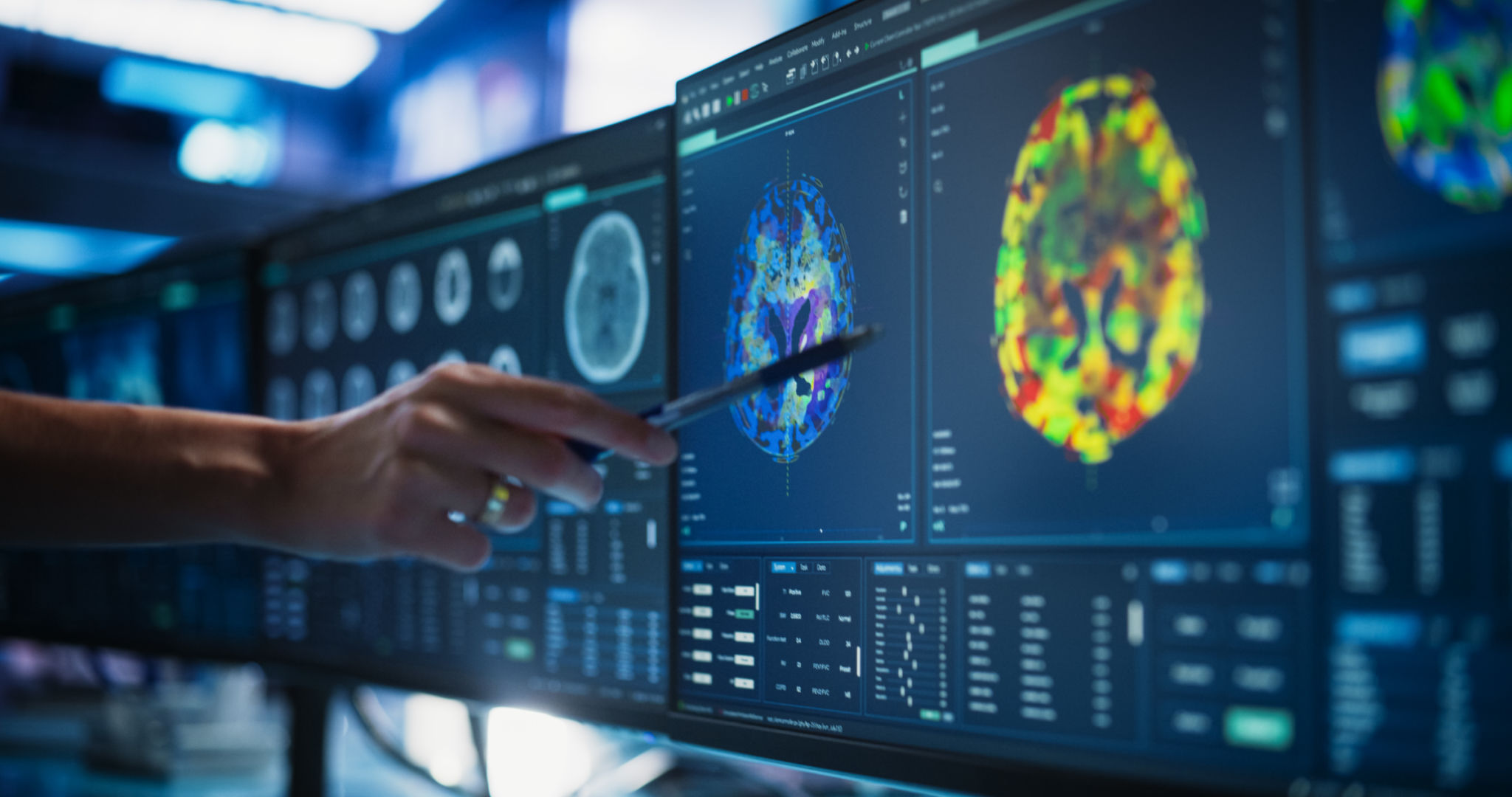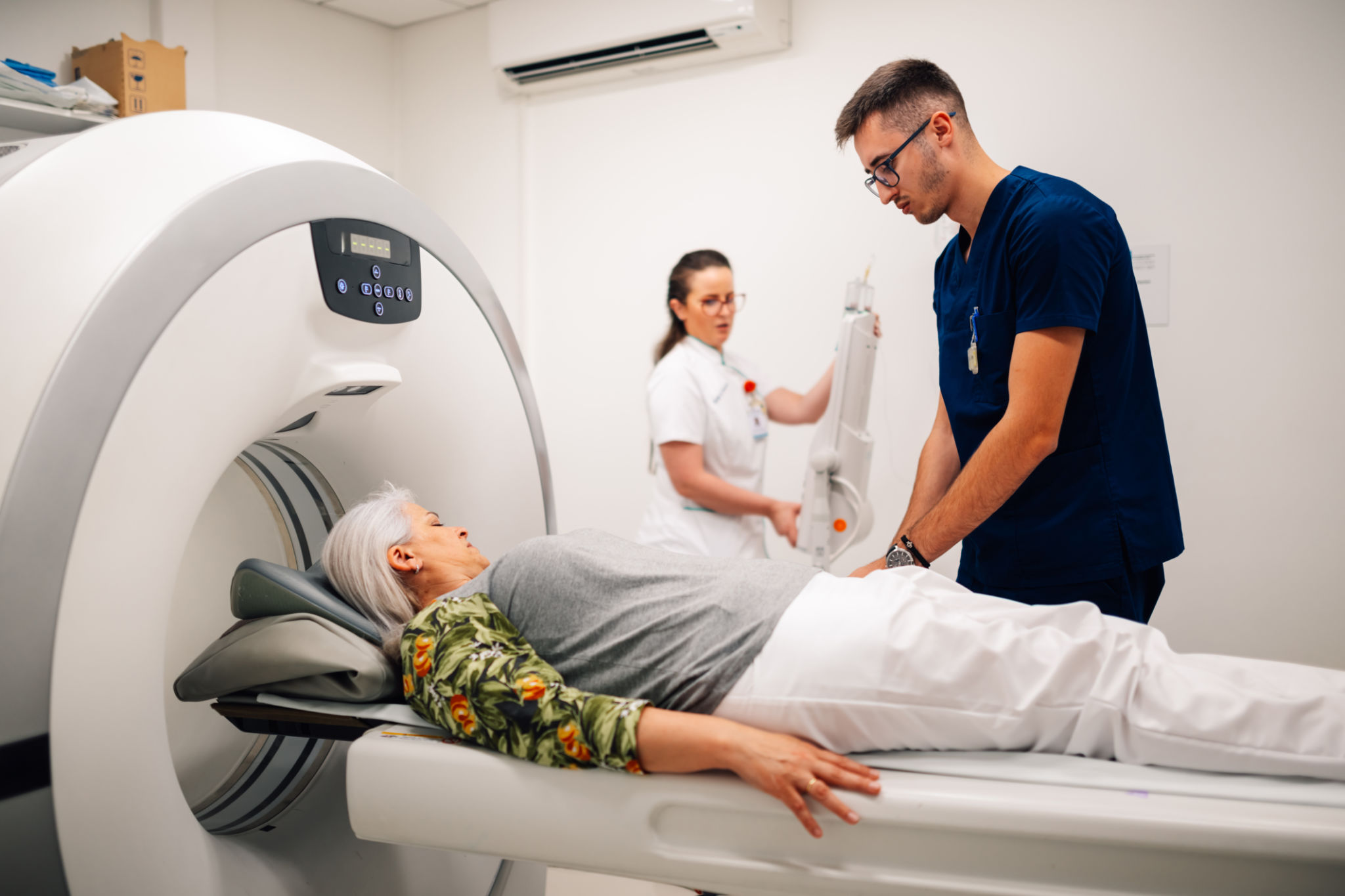Common Misconceptions About MRI: What Really Happens During Your Scan
Understanding MRI Scans
Magnetic Resonance Imaging, or MRI, is a critical diagnostic tool used in modern medicine. Despite its importance, many patients approach their MRI appointments with apprehension due to common misconceptions. Understanding what truly happens during an MRI scan can help alleviate these concerns and ensure a more comfortable experience.

Myth 1: MRIs Are Painful
A prevalent misconception is that MRIs are painful. In reality, an MRI scan is a non-invasive procedure that does not cause any physical discomfort. The machine uses a powerful magnetic field and radio waves to create detailed images of the organs and tissues inside your body. You might hear some loud noises during the process, but earplugs or headphones are typically provided to minimize this.
Myth 2: MRIs Are Unsafe Due to Radiation
Another common myth is that MRIs expose patients to harmful radiation. Unlike X-rays or CT scans, MRIs do not use ionizing radiation. Instead, they rely on magnetic fields and radiofrequency waves, which makes them a safer option for many patients, including pregnant women and children.

What Happens During the Scan?
When you arrive for your MRI appointment, you'll be asked to remove any metal objects, as they can interfere with the magnetic field. You will then lie down on a movable table that slides into the MRI machine. The technician will communicate with you throughout the procedure to ensure you are comfortable.
During the scan, it's crucial to remain as still as possible to obtain clear images. The procedure typically lasts between 15 to 90 minutes, depending on the type of scan required. If you experience any discomfort or anxiety, you can speak to the technician through the intercom system.

Myth 3: Claustrophobia Is Inevitable
Many people worry about feeling claustrophobic inside the MRI machine. However, modern MRI machines are designed with patient comfort in mind. Open MRI machines are available at some facilities, which offer more space and can help alleviate feelings of claustrophobia. Additionally, sedatives can be provided if necessary to help patients relax.
Post-Scan Procedure
After your MRI scan is complete, you can resume normal activities immediately, unless you've been given a sedative, in which case you'll need someone to drive you home. The radiologist will analyze the images and send a report to your doctor, who will discuss the results with you in detail.
Understanding these key aspects of MRIs can help demystify the process and dispel any lingering fears. Remember, an MRI scan is a valuable diagnostic tool that plays a crucial role in maintaining your health.
